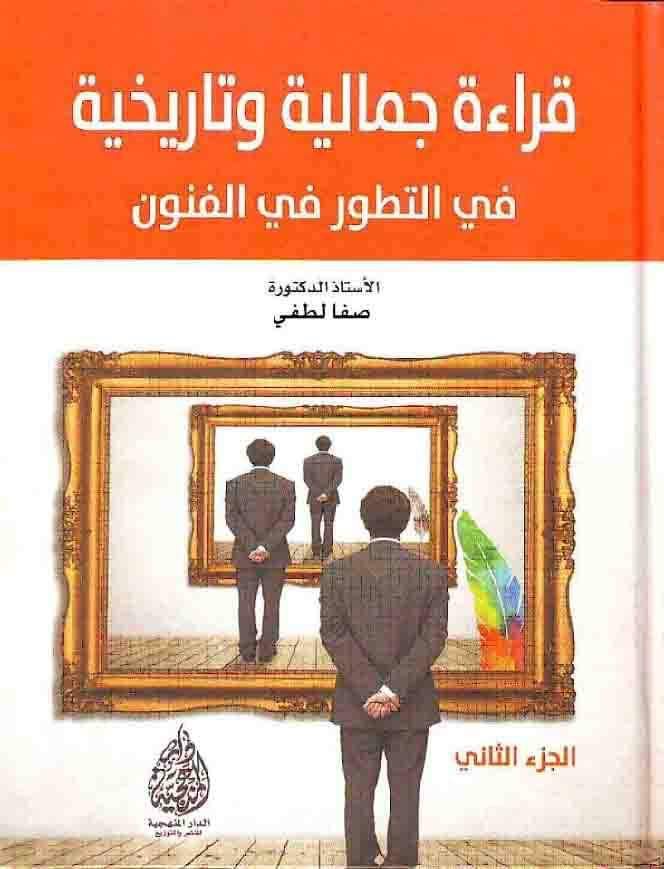
Translation of the abstract
An Aesthetic Reading in the Evolution of Arts / Part Two
In the this book one can read about the arts and their history from an aesthetic and historical point of view by tracing the development taking place in them, as the plastic arts of drawing, engraving, mosaic, and architecture took different forms since the beginning of the Byzantine civilization and according to the different countries in which these arts have appeared due to the influence of the environment on them.
The long history of Byzantium, from its foundation in the fourth century AD by Emperor Constantine until its fall in the hands of the Turks in the fifteenth century, is characterized by periods of recovery and prosperity. The important thing about this civilization is that it has given humanity a lot, as it has a lot of effect and got affected at the same time.
After that, a large and important civilization in its artistic and intellectual production in its various aspects has come. That is the Arab and Islamic civilization whose artistic methods varied according to the multiplicity and diversity of the peoples that joined under its banner, so the fruit of all this was an art that possesses unity and diversity that make it unique from the arts of other civilizations as it will also appear during the course of this book.
Chapter three of the book covers an artistic and architectural stage represented by Romanesque arts and Gothic art and architecture. The fourth chapter comes to reveal an artistic stage represented by the Renaissance arts, the era of scientific discovery, planning, and the discovery of anatomy.
2020-09-14 2150